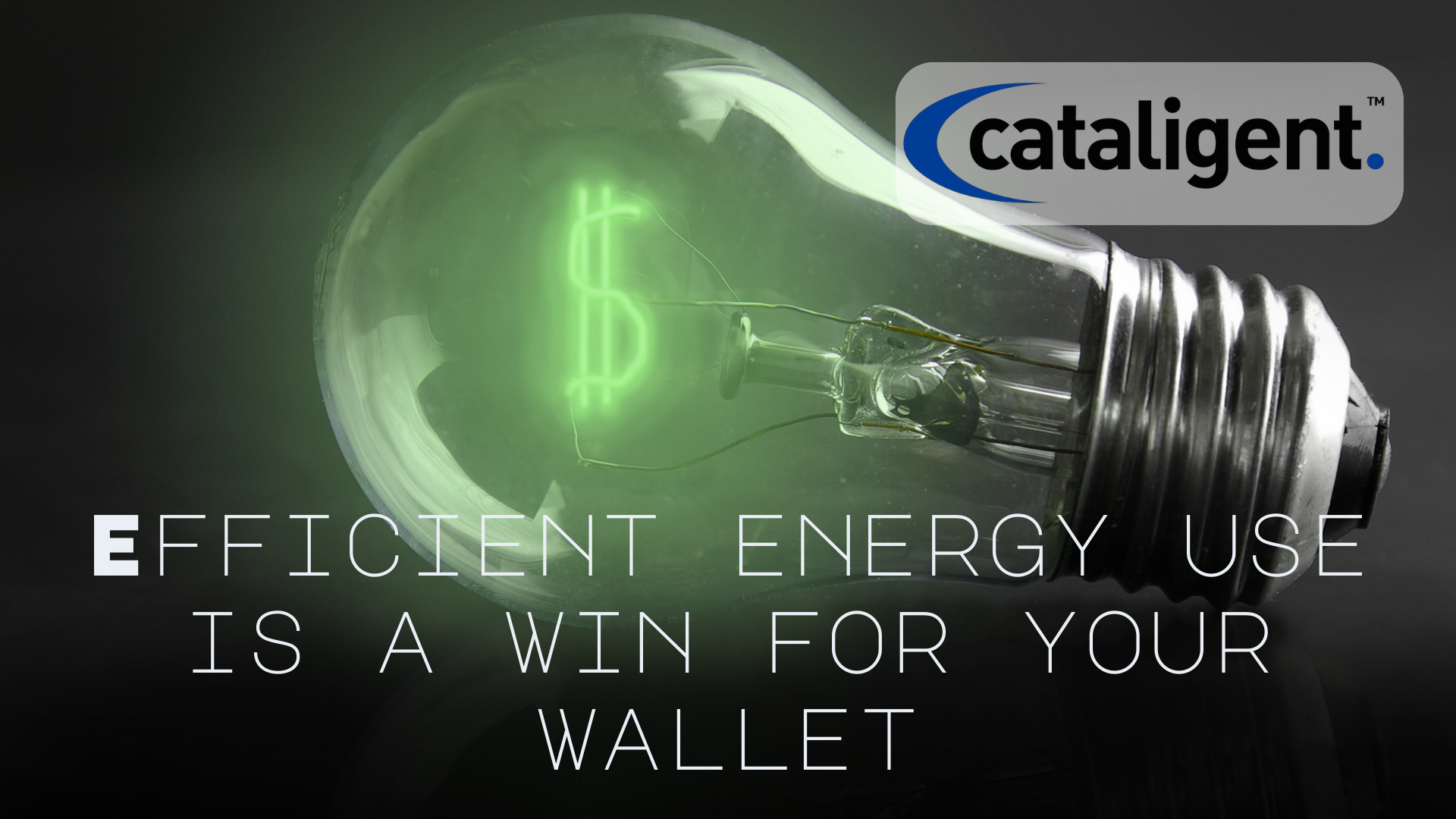Introduction
Energy and utility costs make up a significant portion of operational expenses for businesses. Implementing energy-saving measures can not only reduce costs but also contribute to sustainability goals. By optimizing energy consumption, companies can improve their bottom line while reducing their environmental footprint.
This document explores the principles, benefits, challenges, and implementation strategies for reducing energy and utility costs.
Principles of Energy and Utility Cost Reduction
- Efficiency Optimization: Utilize energy-efficient appliances and operational practices.
- Sustainable Resource Management: Reduce waste and optimize resource utilization.
- Cost Awareness: Monitor and analyze energy usage to identify savings opportunities.
- Technology Integration: Implement smart systems to automate energy-saving processes.
- Employee Engagement: Encourage staff to adopt energy-conscious behaviors.
Cost-Saving Impact of Reducing Energy and Utility Costs
- Lowers Electricity, Water, and Heating Costs
- Reducing energy consumption directly decreases utility expenses.
- Lower operational costs lead to increased financial flexibility.
- Contributes to Sustainability Goals
- Reducing carbon footprint aligns with corporate social responsibility (CSR) initiatives.
- Enhances brand reputation by demonstrating commitment to sustainability.
- Improves Equipment Longevity
- Efficient energy use reduces strain on HVAC, lighting, and electrical systems.
- Minimizes maintenance costs and extends equipment lifespan.
- Increases Workplace Comfort and Productivity
- Optimized lighting and climate control improve employee satisfaction and efficiency.
- Reduces workplace disruptions due to power or system inefficiencies.
Implementation Strategies for Reducing Energy and Utility Costs
Step 1: Upgrade to Energy-Efficient Appliances and Lighting
- Replace outdated lighting with LED bulbs.
- Invest in energy-efficient HVAC systems and office equipment.
- Choose Energy Star-rated appliances to minimize power consumption.
Step 2: Implement Smart Thermostats and Automated Power-Saving Features
- Install programmable thermostats to regulate heating and cooling efficiently.
- Use motion-sensor lighting in low-traffic areas to reduce unnecessary energy use.
- Enable automatic power-down features on computers and office devices.
Step 3: Conduct an Energy Audit to Identify Inefficiencies
- Evaluate current energy consumption patterns.
- Identify and address areas of excessive energy use.
- Implement targeted solutions to eliminate wasteful energy practices.
Step 4: Optimize Water Usage and Waste Management
- Install low-flow faucets and water-efficient appliances.
- Regularly inspect and repair leaks to prevent water wastage.
- Encourage water conservation practices among employees.
Step 5: Leverage Renewable Energy Sources Where Possible
- Consider installing solar panels to offset energy costs.
- Explore government incentives for renewable energy adoption.
- Partner with energy providers that offer green energy options.
Step 6: Educate Employees on Energy Conservation Practices
- Promote awareness campaigns on energy efficiency.
- Encourage simple habits such as turning off unused devices and lights.
- Recognize and reward teams that contribute to energy-saving initiatives.
Challenges and Solutions in Reducing Energy and Utility Costs
- High Initial Investment for Energy-Efficient Upgrades
- Solution: Leverage financing options, rebates, and tax incentives for energy-saving equipment.
- Resistance to Change Among Employees
- Solution: Provide training and demonstrate cost-saving benefits to gain employee buy-in.
- Difficulty in Monitoring Energy Consumption
- Solution: Use smart meters and energy tracking software for real-time monitoring.
- Balancing Energy Efficiency with Operational Needs
- Solution: Implement gradual changes and adjust strategies based on performance data.
Conclusion
Reducing energy and utility costs is a strategic approach to enhancing financial efficiency while supporting sustainability goals. By upgrading to energy-efficient appliances, implementing smart automation, optimizing water use, and fostering an energy-conscious culture, businesses can achieve significant cost savings and environmental benefits.
A proactive energy management strategy ensures that resources are used effectively, leading to long-term operational sustainability and increased profitability.

